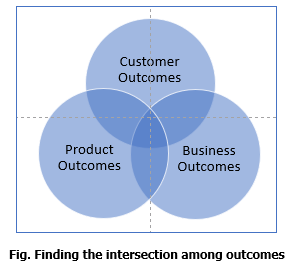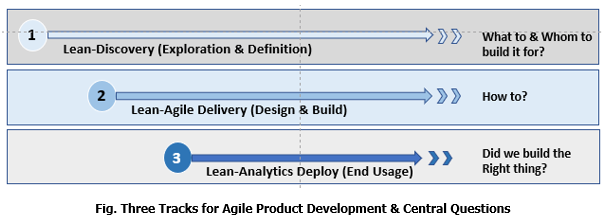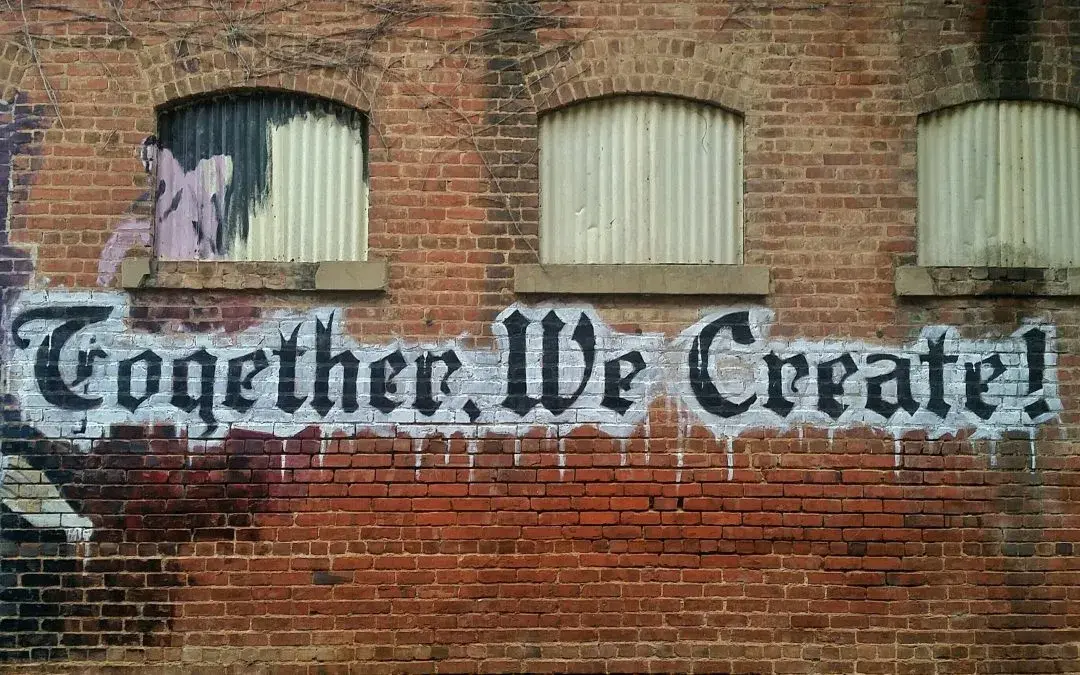Introduction
Smart Products are exploding with Software content & Consumerization be it in Automotive, Healthcare, Consumer or Industrial domains. Contribution of the software innovation to the overall product is dramatically increasing as opposed to the earlier hardware part of the product. However, at the same time, Product Failure rates are high or there is lower Customer Satisfaction. In worse cases, companies developing products are losing market share. Even then, New Product Teams still operate in siloes and information hand-offs between the different parts of the team.
In this article I propose that there is a strong need for improved product creation approach which I bundle under the term Lean-Agile Product Development Practices. I hypothesize that these practices can maximize success through creation of better products. In this article, the term Product include physical or digital products and or services.
Transformation of Ideas into Value
Ideas are at the heart of any new product or for that matter, to bring about new features in an existing product. I start with this basic concept of transforming new ‘Ideas’ to ‘Value’ by bringing these ideas to life through a Product. There are several sources of inspiration for these ideas which include internal to the team or company. Or they can be through customer interactions and requests. Competition and market place is yet another source of ideas. Ideas are the lifeline of coming up with better products.

Customers start realizing value when they start using the product. They get their jobs done or the product satisfies their unmet needs. There is an exchange of money with value. The customer satisfaction derived out of this is an end outcome. It is also when customers are able to accomplish their jobs. Or when they get delighted. All these are examples of Customer outcomes . In most cases, customer outcomes take precedence over everything and is the one measure of success for products.
Outcomes
For the businesses who are creating and delivering these products, a common measure of direct outcome is economic. This usually include revenue, profits or market share. In recent times, business outcome also includes employee or team members’ well-being and satisfaction as one of the important elements. On the other hand, Value can also be intangible for businesses in terms of intellectual assets and goodwill. Economic benefit would be deferred in such cases. Product outcome category includes all the above.
A Product Team has to make sure that there is alignment between Product Outcomes, Customer Outcomes and Business Outcomes. Any misalignment between the three dimensions can lead dissonance. This might impact of longevity of the product be it customers using it or businesses investing in further development. Or product teams might end up losing their mojo to deliver a great product.

Practices needed for Transformation of Ideas to Value
I envision Three Tracks to transform ideas to value. Each track is a set of Methods, Practices and activities that are essential to realize specific aspects of the product. One central theme drives each track and tries to answer one or two big questions. These in turn guides the teams to perform these set of activities.

Lean-Discovery Track
The first track is called the Discovery Track. This track includes activities that are done to constantly ponder over ‘What’ to build and ‘Whom’ to build it for. The contour of the product definition and the customer persona are shaped up here. These activities explore different aspects of the customer persona. It is either about their needs or pain points. It is about how the product can resolve them.
Second aspect is about validating assumptions and hypotheses before committing to large number of resources to build the product. However, there is one aspect which is often ignored by many teams is around gaining alignment. The product team and the business stakeholders have to agree on how the product evolves over a period of time. Many times, product teams get into their own narrow view of their product and features. Thereby they tend to ignore the larger organization context and strategy.
Agile Delivery Track
Delivery Track is the second track. The activities address the question ‘How’ to and actually build the solution. The Product comes to life and is gets into shape to get delivered to the end users. The users are the ones for whom it was built. The aspects of user experience, architecture of the product and every detail of the product in terms of features and functionality get done. The different parts of the product to satisfy the different user personas as defined in the earlier track are put together. The activities are guided by iterative and incremental development. Teams most often adopt Scum methods for building the product in cadence and a rhythm called Sprints.
The product owners tries to ensure that the information from the Discovery track is
Lean-Analytics Track
The last track is the Lean-Analytics track. The activities in this track answer the question ‘Were’ we right in building the product or that part of the Product? This is where the rubber meets the road – the product gets deployed to end usage environment. Moments of truth about customer adoption, usage and satisfaction are unearthed. The original hypotheses get validated, assumptions about customer personas get either confirmed and if more discovery activities have to happen.
Either way, the product teams have to learn from these and set course for the future course of development. One powerful idea which many products are already implementing is around instrumenting the product. By this, field usage data can be gathered to perform feature audits. This data is very helpful to gain insights on how the customer is actually engaging with the product. The last important aspect is to gather and analyze the right metrics on expected customer outcomes and business outcomes.
Conclusion
I conclude this part of the article with the argument that these tracks have to run in parallel through out the product creation. It is very often seen that the product teams get into the temptation of doing activities in these tracks in a sequence. Most common is performing activities in the track 1 once in a big bang approach. Then as the product progresses, they start ignoring track 1 activities. Secondly, learnings from the customer usage often do not make it back into the other tracks. Or even if they make it, then the speed is too slow to make a positive impact on the product success.
In the next part of the article, I present the concept of Activity Space that can be mapped to the activities within the Tracks and how it will help in creating successful products.





One Response
Interesting idea. nicely presented.